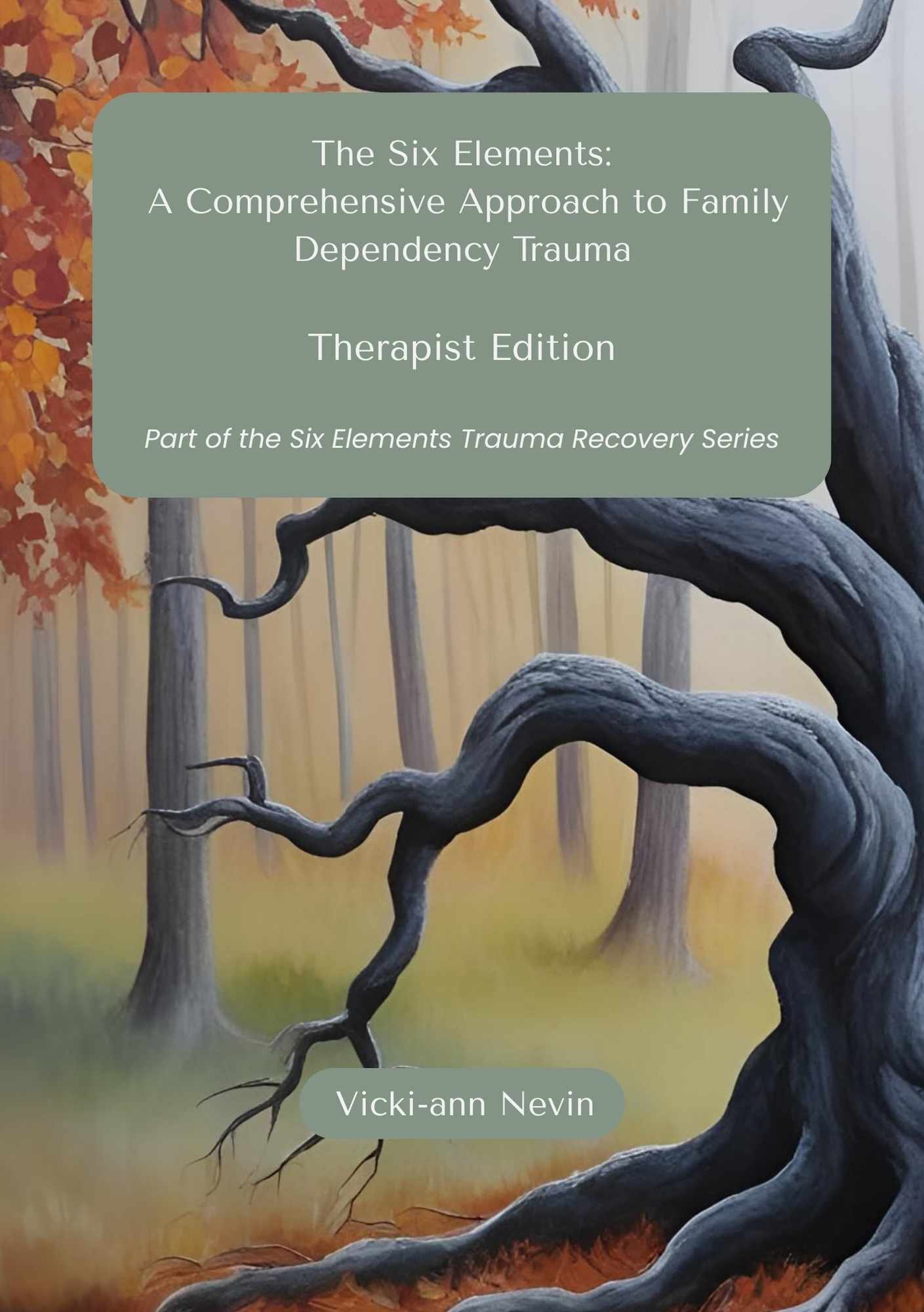Dependencies and Family Dynamics: Understanding the Impact
Supporting Clients with Family Dependencies: A Therapist’s Perspective
As therapists, we often work with clients whose family lives have been shaped by dependency. In these families, daily life tends to revolve around the person with the dependency, while their own world narrows to focus on the substance or behaviour. As their bond with the dependency grows, other relationships, especially with children, can fade into the background.
Moving Beyond Punishment
It’s encouraging to see our field moving away from the outdated view that people with dependencies are simply weak or deserving of punishment. Decades of punitive approaches have shown us that punishment does little to address the underlying issues driving harmful use of substances or behaviours.
Instead, we now recognise that dependency is often a way of coping with overwhelming pain. This understanding helps us shift our approach from judgement to compassion and curiosity.
The Many Roots of Dependency
Of course, dependency is complex and multi-faceted. Factors such as environment, stress, genetics, life circumstances, and adverse childhood experiences all play a role. No two clients are the same, and these influences interact differently for each individual. For example, clients with mental health challenges are statistically more vulnerable to developing dependencies.
The Human Need to Bond
Professor Peter Cohen’s work reminds us that humans have an innate need to bond. When healthy bonds with people and activities are unavailable or disrupted, individuals may turn to substances or processes to fill that void. The issue arises when this bond becomes so strong that it crowds out other relationships and interests.
We see this not only with substances, but with behaviours and identities, whether it’s a sport, a hobby, or a relationship. When a client’s sense of self becomes tied to a single bond, it can be difficult for them to maintain balance and connection elsewhere.
The Challenge of Breaking Bonds
Breaking a bond with a dependency is deeply challenging, much like ending any important relationship. People who have the dependency may grieve the loss, and without support, the process can feel insurmountable. As Maia Szalavitz notes, recovery is far more likely when individuals have strong social ties, employment, and a sense of belonging.
Understanding Without Excusing
Viewing dependency as a bonding issue allows us to better understand our clients’ experiences, as well as the family dynamics at play. This perspective fosters empathy and can help clients make sense of their upbringing or relationships with loved ones who are struggling.
Importantly, understanding does not mean excusing harmful behaviour. However, it can open the door to healing and, in some cases, forgiveness.
Take the Next Step: Dependence Demystified
If you’re looking for practical tools to help clients explore these dynamics, our workbook is designed for just that purpose. It guides clients to understand how a parent or caregiver’s dependency is often rooted in a bonding problem, and offers exercises to support insight and growth.
Explore this workbook and our other resources to help your clients move towards healthier connections and greater resilience.


